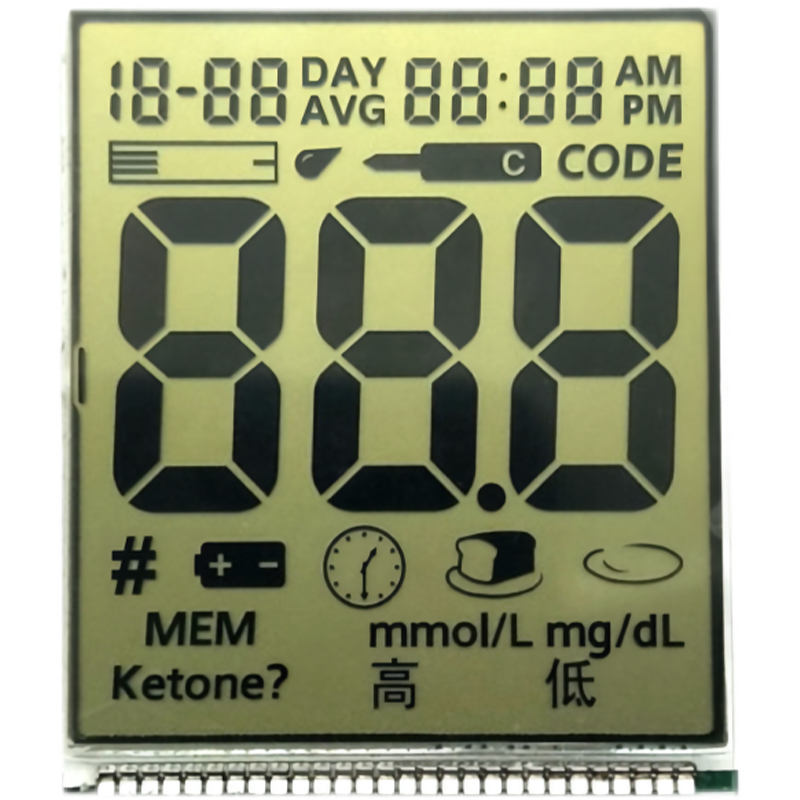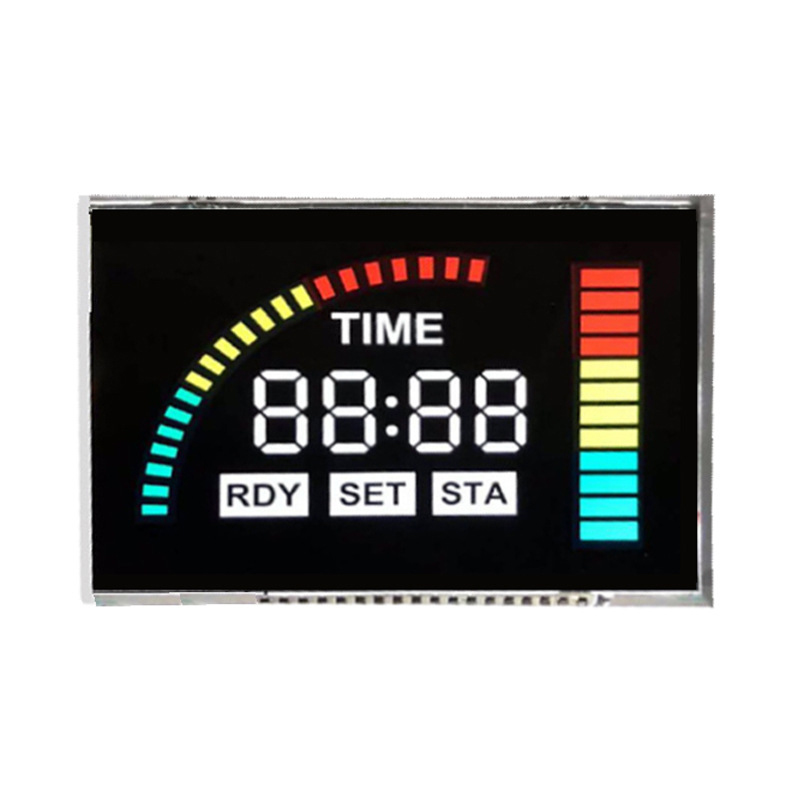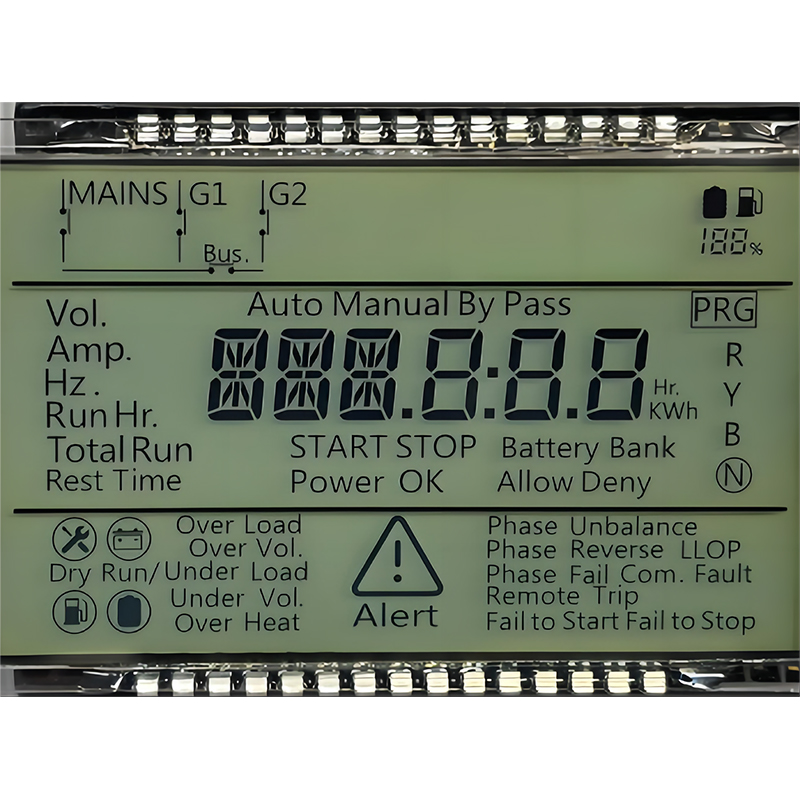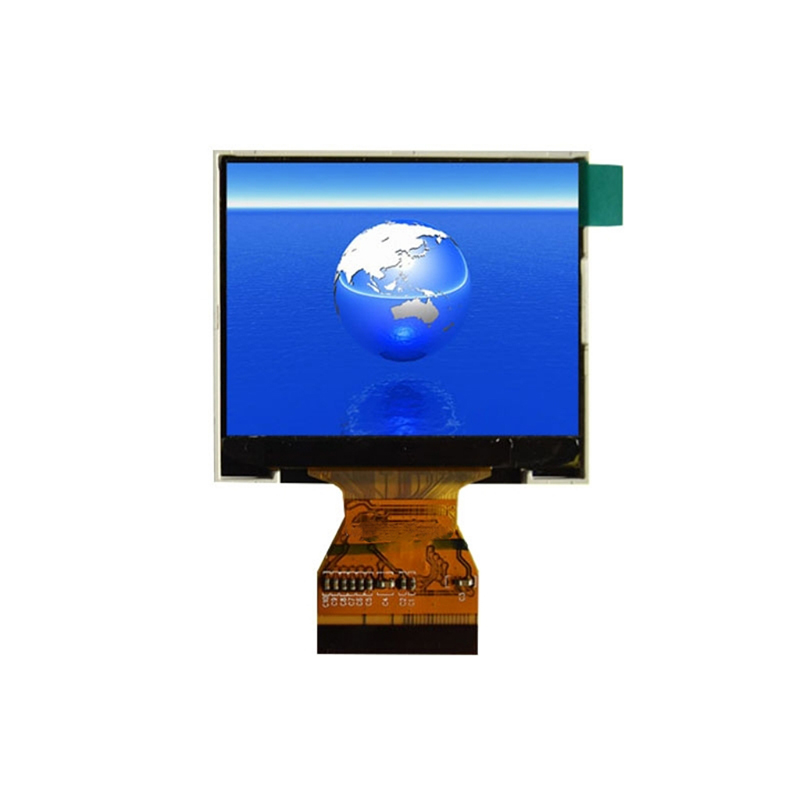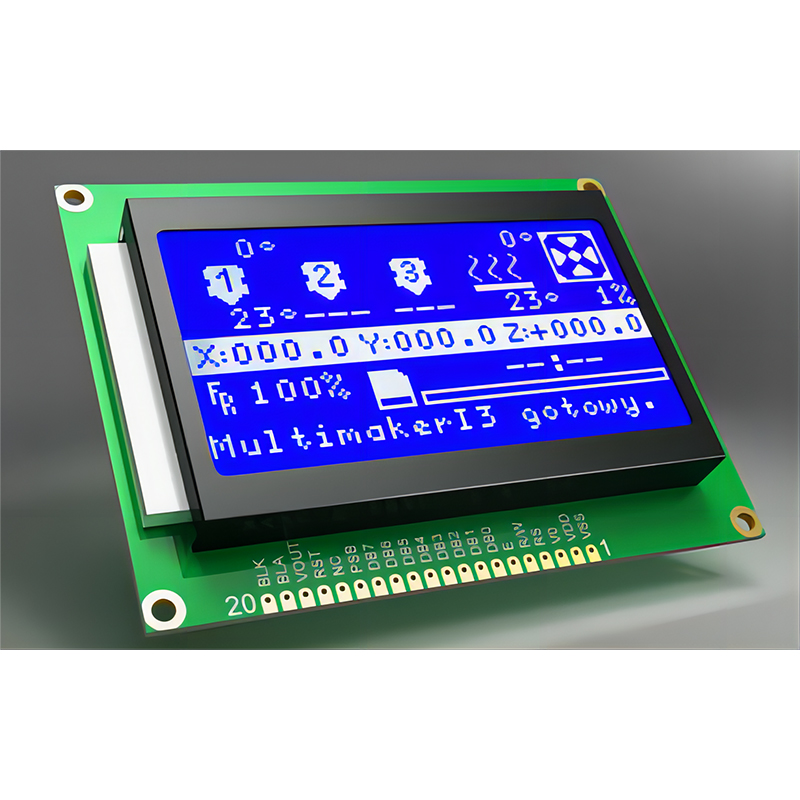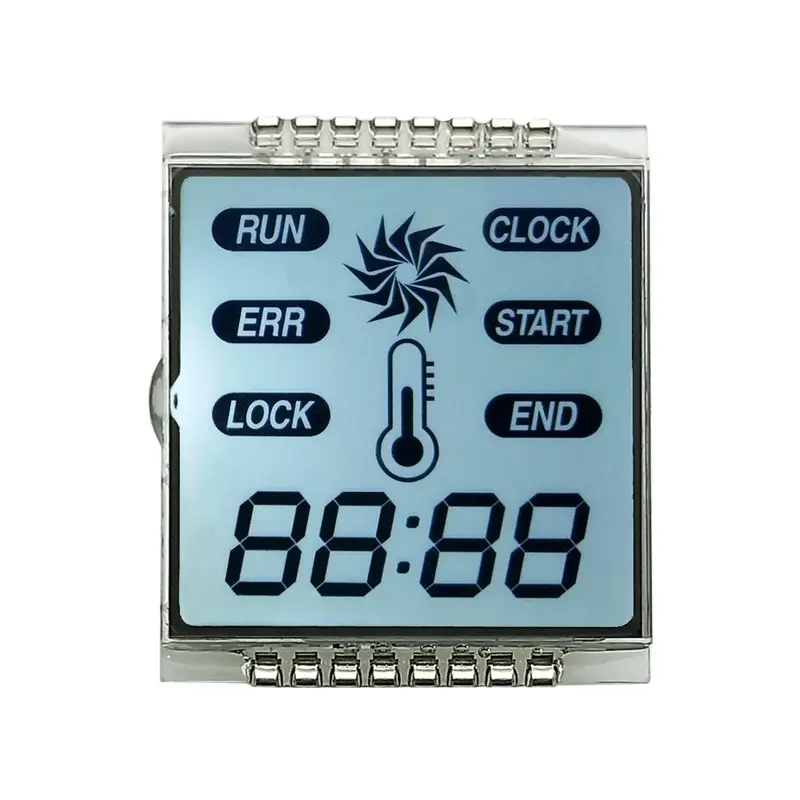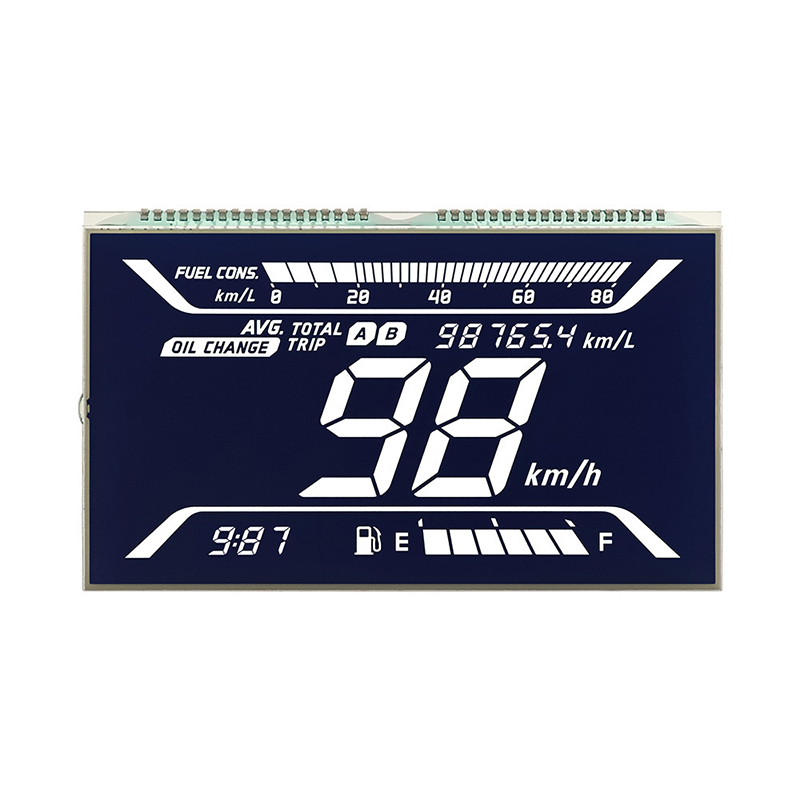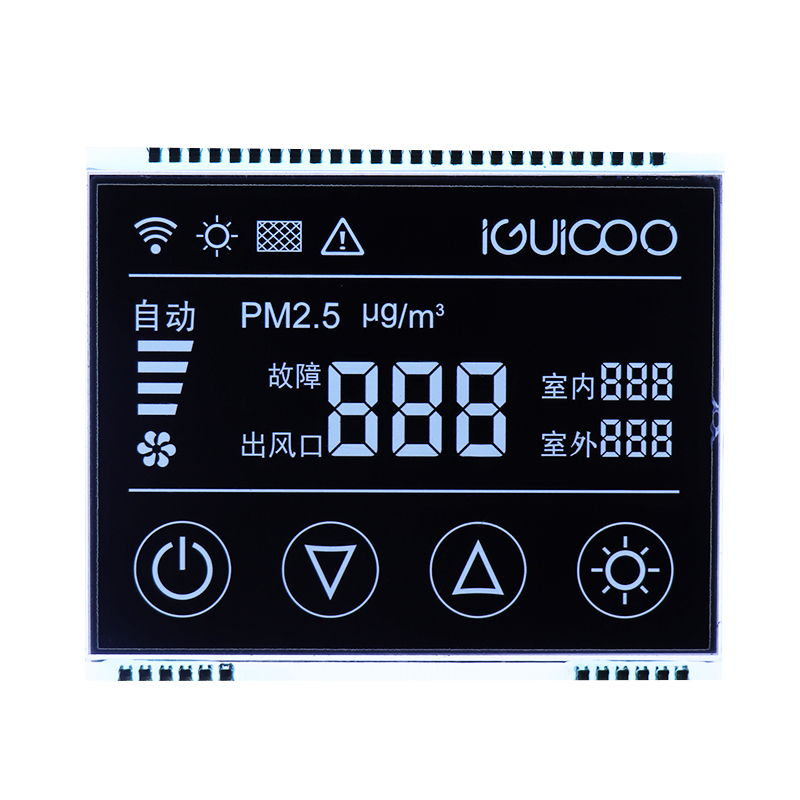
Finding the perfect Best NTSC TFT display can be challenging with the vast array of options available. This guide helps you navigate the technical details and select the ideal display for your specific needs. We'll cover essential aspects such as resolution, color accuracy, refresh rate, and more, helping you understand the nuances of NTSC compatibility and its importance in various applications.
NTSC (National Television System Committee) is a standard for color television broadcasting. NTSC TFT displays adhere to this standard, ensuring accurate color reproduction and compatibility with NTSC video sources. This means that the colors displayed on the screen accurately reflect the original source material, leading to a more lifelike and visually appealing experience. Understanding NTSC compatibility is crucial for applications where precise color reproduction is essential, such as video editing, graphic design, and professional broadcasting.
TFT (Thin-Film Transistor) displays are a type of LCD (Liquid Crystal Display) that utilizes thin-film transistors to individually control each pixel. This technology allows for sharper images, faster response times, and wider viewing angles compared to earlier LCD technologies. When combined with NTSC standards, NTSC TFT displays offer a superior visual experience for a wide range of applications. The transistors in a TFT panel are responsible for switching the liquid crystal pixels on and off, enabling accurate control over the image displayed.
The resolution (measured in pixels) and size (measured diagonally in inches) of the display are crucial considerations. Higher resolutions result in sharper images and more detail. The ideal size will depend on your application and viewing distance. Consider factors like the intended use – a smaller display might be ideal for a portable device, while a larger display is preferable for professional use.
Response time refers to how quickly a pixel can change color. Faster response times reduce motion blur and ghosting, making the display ideal for fast-paced applications like gaming or video editing. The refresh rate (measured in Hertz) indicates how many times per second the screen refreshes. A higher refresh rate leads to smoother motion and reduced flicker. For professional applications demanding smooth and accurate visuals, prioritizing a low response time and a high refresh rate is essential.
Brightness, measured in candelas per square meter (cd/m2), determines the display's visibility in different lighting conditions. Higher brightness is better for use in brightly lit environments. The contrast ratio measures the difference between the brightest and darkest parts of the image. A higher contrast ratio results in richer blacks and more vibrant colors. The appropriate brightness and contrast ratio will depend heavily on the intended environment and usage; displays used in direct sunlight would require higher brightness than those in a dimly lit room.
Color accuracy is particularly important for applications requiring precise color reproduction, such as photography, videography, and graphic design. The color gamut represents the range of colors a display can reproduce. Wider gamuts can display a more extensive range of colors. When considering NTSC TFT displays, verifying their color accuracy and gamut coverage is crucial to ensure faithful color representation. Look for displays with high color accuracy ratings and wide color gamut coverage, especially if you work with color-critical applications.
NTSC TFT displays find applications in diverse fields. They are commonly used in:
The ideal NTSC TFT display depends on your specific needs and budget. Consider the factors discussed above, and prioritize the features most important to your application. For example, a professional video editor will require a display with high color accuracy and a fast response time, while a casual user might prioritize a larger screen size and affordability. For a broader selection and further inquiries, you can check out Dalian Eastern Display Co., Ltd. for their range of high-quality displays.
| Model | Resolution | Response Time | Brightness (cd/m2) | Contrast Ratio |
|---|---|---|---|---|
| Model A | 1920x1080 | 5ms | 300 | 1000:1 |
| Model B | 3840x2160 | 1ms | 400 | 1500:1 |
Disclaimer: The above table is a sample and does not represent real product specifications. Always refer to the manufacturer's specifications for accurate information.

